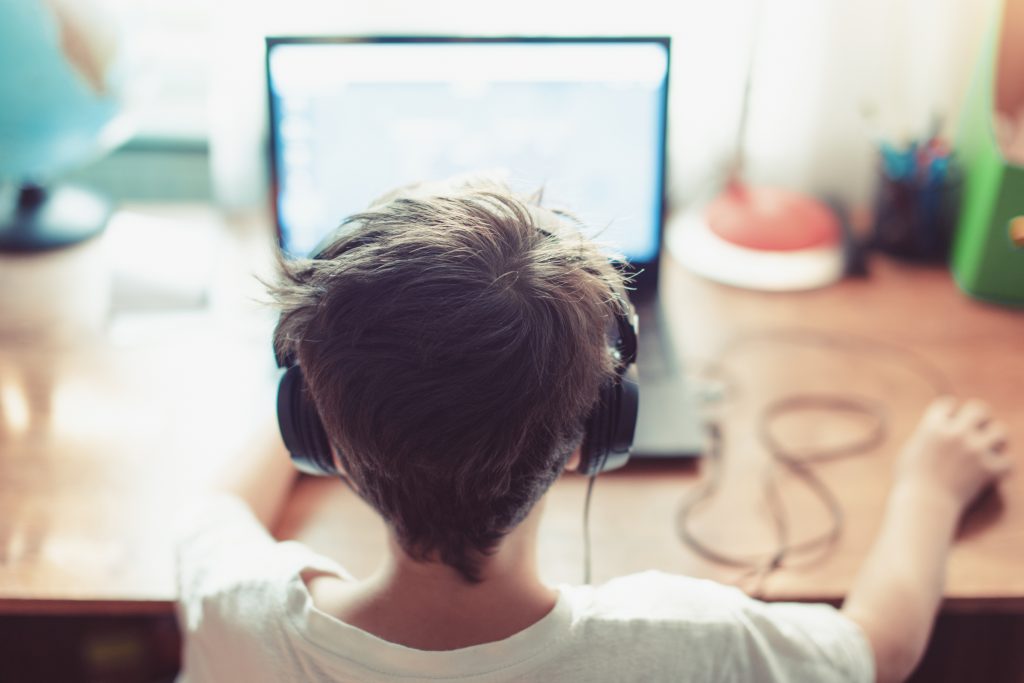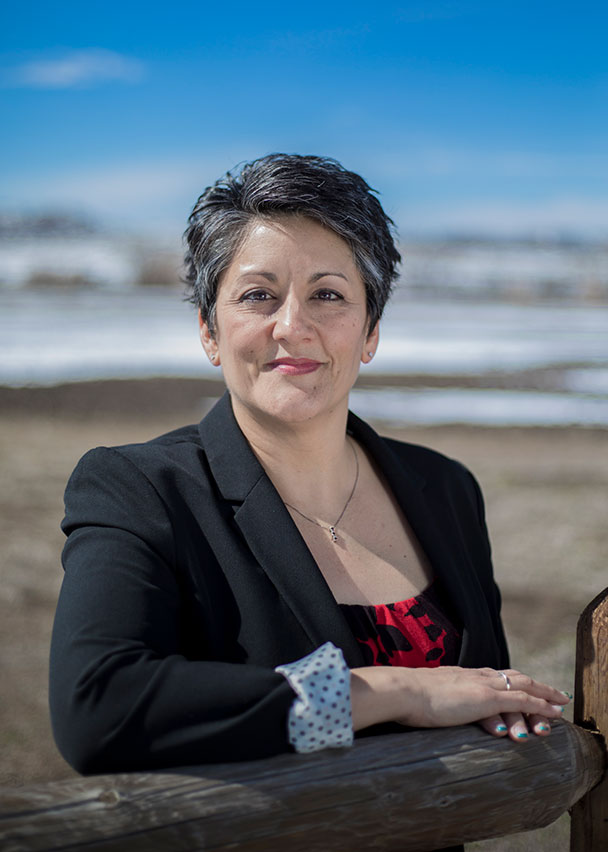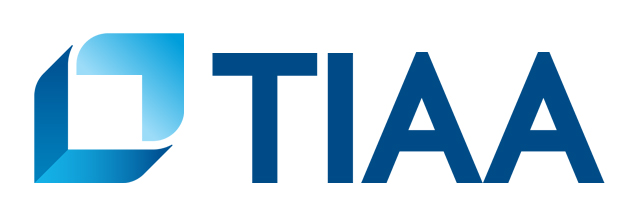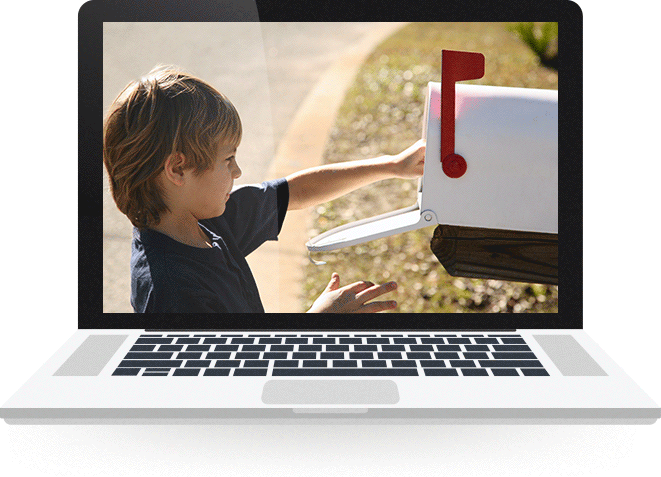

Even a pandemic that forced students to learn from a distance didn’t stop Junior Achievement volunteer Malina Peterson from leading JA lessons with her group of Northeast Elementary kids last month. Malina has been volunteering with the same four classes of students, including her son, every year for four years since they were in first grade. This year was a little different though.
“It actually worked out a lot better than I thought!” Malina says.
Due to classrooms working remotely, JA had to adapt its traditional learning model, providing video resources and program activities digitally. While most volunteer-guided JA activities were pre-recorded, Malina was instantly thinking of ways she could make it work to lead JA lessons live via video chat. With a background in corporate training, she has conducted a lot of trainings for employees in other parts of the country via video conferencing, so she thought this could translate well for students too.
“I took kind of the same approach as if I was doing a normal training class for an office that was in another state,” she says. “As a corporate trainer, I ask a lot of questions, rather than lecture, to get people to discover the information. I know these kids are really, really bright and actually know more than they think, so I ask just the right questions and they chime in.”
Malina says working with the same group of kids each year, building on the previous year’s lessons definitely provided benefits.
“They come up with the most interesting, creative answers to my questions. I saw some of them pulling out things we previously talked about. One of the kids talked about how businesses are involved in the community and it takes the whole community to make businesses successful, which is a lesson from second grade. I was like, wow, they’re listening to me!” she laughs. “The cool thing is they remember the activities, and then I can remind them what the activities were about.”
JA’s fourth grade lessons focus on the relationship between human, natural, and capital resources in a region, with discussions about how business owners utilize resources to provide goods and services. Malina says this helped spark good questions and conversations about what’s currently happening to businesses as a result of the pandemic.
“Some of them have gotten take out from restaurants they normally would have sat down in, so they know about challenges businesses are facing, and so we tied in those kinds of lessons.”
One of the most unique aspects of JA programs is the personal stories volunteers share with young people, giving them a real world connection and perspective. Without being able to utilize many of the tangible JA posters and game boards volunteers typically use in person, Malina placed even more of an emphasis on storytelling.
“Once I figured how I could still just tell the stories, give them examples, and ask tons of questions, they caught on as to how this was going to roll, and I think they figured out it’s really not that different than when they saw me last year in their classroom.”
She adds, “I think it’s really cool that I’ve watched these kids go from first grade to fourth grade now, and they all chime in with questions and all have these creative ideas I don’t know they would have had if we didn’t start at the beginning. I hope more kids get to see this from first grade and experience it every grade through, because it ties together so well and the progression is just seamless. It’s fun for me to see them get excited about this stuff.”
This volunteer story is presented by TIAA.


